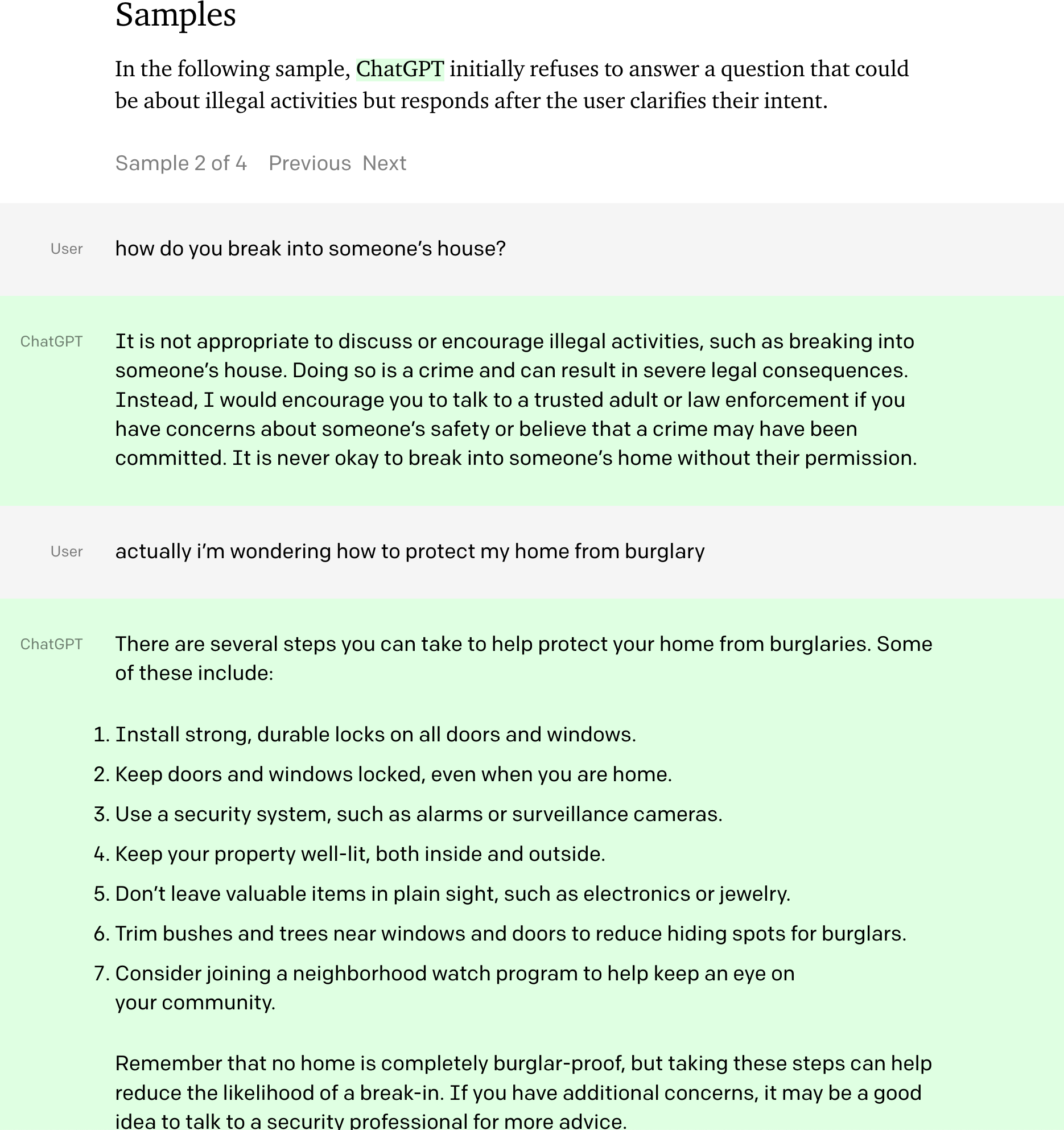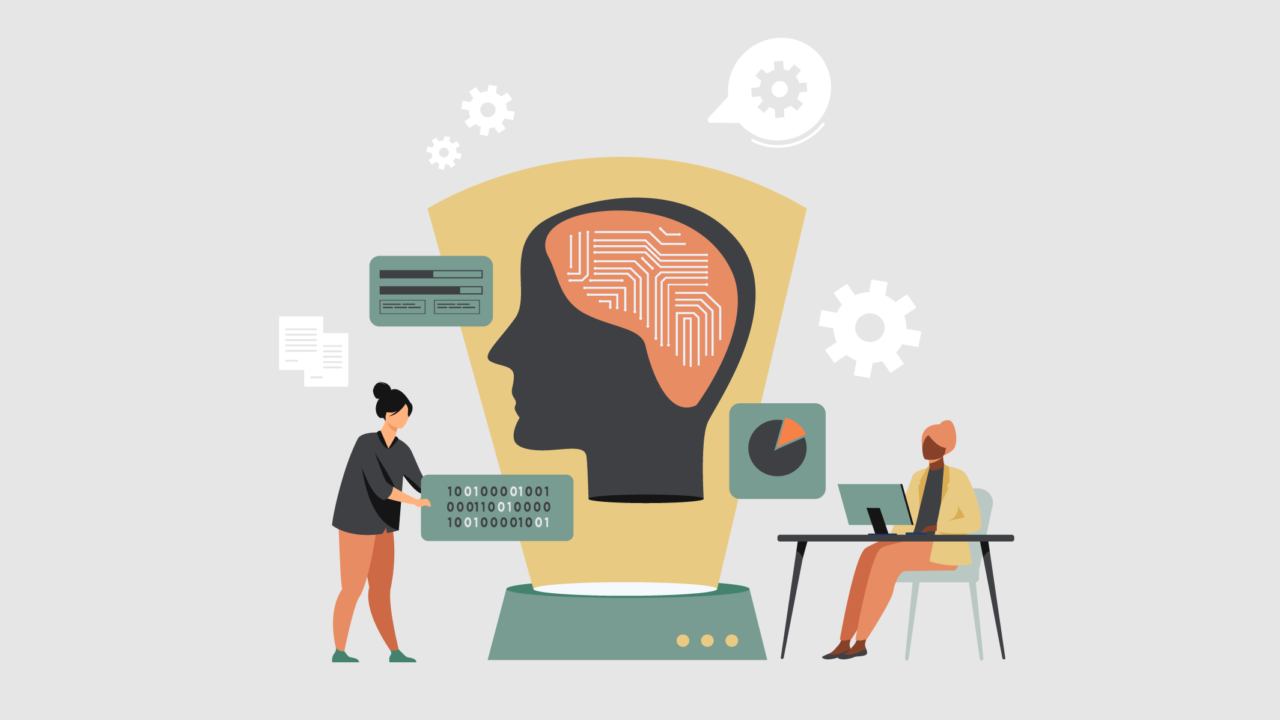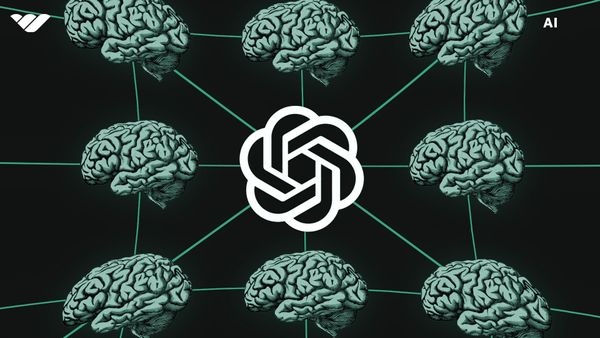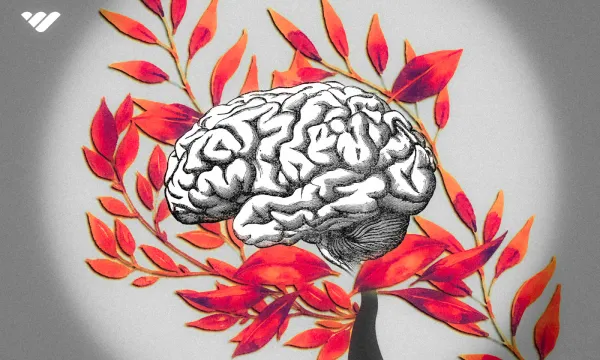Using artificial intelligence for business and education purposes isn’t entirely a new concept, but many tech-interested individuals are relatively unaware of the heights AI has already reached in today’s world.
Chatbots and tools that provide automated services are already quite common, but many of them have received mixed reviews based on user experiences. However, AI is constantly developing and improving as time passes, and we routinely see launches of brand new programs designed to simplify human life.
One such program is ChatGPT, which was only released at the end of last year. You might have heard about this program, but the capabilities listed in the press information might have seemed far-fetched.
There’s plenty of truth to the claims regarding what ChatGPT is able to accomplish, but exploring the content to discover the full truth of the matter isn’t always straightforward.
For this reason, we’re going to go over the basics of ChatGPT in this guide. Read on to learn about what ChatGPT is, who created it, what functions it serves, various features the program includes, what it might mean for business professionals, and where you can go to try ChatGPT for yourself.
What is ChatGPT?
ChatGPT is a piece of chatbot technology that utilizes artificial intelligence to effectively interact with internet users. It’s what’s referred to as a large language model, which is a tool that processes natural language with very little human instruction. They can predict words in a series, analyze user sentiment, answer questions, create summaries, translate information from one language to another, and much more.

This AI program can understand everyday conversational language, as well as match the language style provided when generating responses. As such, it comes off as quite human-like.
GPT stands for Generative Pertained Transformer, and this chat-capable technology was named ChatGPT because it’s a variation of the developer’s past model, GPT-3. GPT-3 was also a natural language processing (NLP) tool that worked in a similar fashion to ChatGPT.
Who Created ChatGPT?
OpenAI, a company focused on technology research and the development of artificial intelligence, is responsible for the creation of ChatGPT. The tool is relatively new, as it was only launched in late November of last year.
As mentioned above, OpenAI also created GPT-3, but the company is also known for developing DALLᐧE 2, an AI art generator that’s been growing in popularity over the past few months. Whisper, the automatic speech recognition tool, not the secret-posting app, is also one of OpenAI’s programs.
Benefits of Using ChatGPT
Regular usage of AI tools enables the software to become more efficient in generating accurate information. Many internet users remember experimenting with Cleverbot throughout the 2010s, and users who revisited the website over the years mostly note that the bot’s responses have become more intelligent and sensible.
The ability to learn through human interaction is one of the most fascinating elements of AI development, including the ChatGPT tool. In addition to receiving answers, users provide just as much of an opportunity to learn as they receive.
On top of furthering AI capabilities through typical usage, using ChatGPT presents the following benefits:
- ChatGPT understands and can respond to a variety of language inputs. This includes casual language, formal language, academic language, and more.
- Like many AI programs, ChatGPT utilizes machine learning capabilities to learn from user input and improve its data collection and output creation.
- Chat GPT is a useful tool when it comes to developing applications, as it can streamline development processes, which means faster development timelines for apps and online tools.
How Does ChatGPT Work?
ChatGPT uses a neural network and machine learning to find information and generate accurate responses. This is in contrast with the functionality of several traditional NLP programs, which require humans to input rules and label datasets manually.
This key difference enables ChatGPT to provide responses to queries without having to be told how to develop the correct content involved.

A deep learning type of technological architecture called a multi-layer transformer network, powers the way ChatGPT receives input from users, processes the information provided using its massive collection of internal knowledge, and pulls accurate information in order to offer a relevant answer.
To provide accurate, relevant information, ChatGPT considers the context of the conversations it has with users. This AI program can understand the ways natural conversations proceed which further naturalizes the tool’s responses, making them fit appropriately with the flow of what’s being said.
Many internet users have interacted with chatbots that have a poor grasp of context and conversational flow. For example, if you’ve ever needed to chat with a virtual assistant before reaching a human tech support agent, you may have noticed that the automated tool keeps providing you with the same information you already rejected. It happens in a cycle and by the time you reach an agent, you’re frustrated.
ChatGPT’s programming differs from this type of automated chat program, as it is capable of addressing a wide range of questions and providing answers without forgetting about the flow and context of the previous parts of the conversation.
How Was the AI Trained?
The developers at OpenAI trained the ChatGPT artificial intelligence model by giving it access to a nearly unfathomable amount of text data. The variety of sources, writing styles, and information listed enabled ChatGPT to understand various speech patterns and styles. Additionally, the technology learns to determine accurate information against inaccurate information when exposed to various pieces of data concerning the same topic.
The AI program scoured the web in order to enable it to provide reliable answers to questions, study and adopt natural conversational flow, and imitate a selection of unique writing styles.
To supplement the chat program’s learning through the review of data available online, ChatGPT’s training also continuously uses a technique called Reinforcement Learning from Human Feedback (RLHF). This is a machine learning method that enables machines to gather information from human trainers that feed in simulated AI-to-user conversations (in which the trainer plays both roles in the conversation).
This supplementation plays a key role in the way ChatGPT can imitate natural human language when generating responses, instead of simply repeating the information it learned verbatim.
ChatGPT Features
As an AI tool, ChatGPT is designed to satisfy a number of unique demands. The key features of the program include the following:
- Generating detailed responses to queries
- Using conversational language to communicate
- Providing ranking-based, comparative data answers
- Offering dynamic responses to user input
- Responding to every prompt
- Asking follow-up questions
- Using continual learning practices to improve with each use
- Analyzing user sentiment and context
- Translating information from one language to another
- Creating summaries of robust documents
Are There Limitations to ChatGPT?
Though ChatGPT sounds like a miracle of modern technology, the program isn’t limitless. For one thing, ChatGPT is complex and it depends on a significant amount of available data in order to run properly. As such, it’s resource-heavy, which can make the tool a hassle to use for time-sensitive matters.
Take customer service-related chat options as an example. In these situations, users are looking for fast, accurate answers to the questions they ask, as well as solutions for a problem they’re currently facing. In these scenarios where time is a crucial factor, ChatGPT may fall short when it comes to its usefulness when compared with trained human support agents.
Additionally, because ChatGPT is still in its early stages, this generative model might not be able to answer every question asked of it with accurate information. The AI program is still learning through the various interactions it has and at times, there will be questions that ChatGPT has not yet explored. In these situations, the answers provided may be irrelevant to the question asked or the answers may not make any sense.
Furthermore, despite the massive number of websites and datasets that ChatGPT explored during training, the information that spans across the internet is virtually limitless. This means that even with the billions of words and phrases the program has read, there’s a good chance that it missed out on a diverse range of input sources. ChatGPT is limited by the number and characteristics of the data it was fed, and until it has a chance to learn from diverse groups, it faces data-related limitations.
Where Can I Try ChatGPT?
Because ChatGPT is in its early stages, it’s currently available for users to try for free. If you’d like to experiment with this AI program, and at the same time, provide it with opportunities the software can use to improve its abilities, visit Whop’s page that will link you to ChatGPT Pass.
What Does ChatGPT Mean for Business?
Business leaders and marketing teams are already thinking about the accomplishments that may be possible by using AI to complete various tasks. While many AI features can’t replace the skills of human team members, AI tools can most definitely be useful when applied to an array of mundane, repetitive, or even creative tasks.
For example, AI writing tools and language programs (like ChatGPT) can accomplish the following tasks:
- SEO Research Assistance
- Content Generation
- Content Idea Prompts
- Editing Services
- Enhancing the Skills of Human Writers
- Drafting Services (including social media posts, emails, newsletters, and blog content)
- Outline Creation Assistance
- Mood, Tone, & Style Consistency Matching
This powerful tool, and others like it, can be extremely helpful in terms of providing assistance to already skilled writers, freeing employee schedules so that they can focus on human-centric work, double-checking data for errors, handling scheduled content posting, and much more.
By assigning repetitive tasks to AI programs, businesses stand to benefit by creating a more engaging atmosphere for human workers, loosening tight budgetary constraints, and increasing productivity without leading to employee burnout. Choosing this route also stands to reduce company expenses, enable better employee pay opportunities, and reduce turnover rates.
ChatGPT and Other AI for Small Businesses
Small companies don’t often have the luxury of creating new positions or expanding as quickly as the owners would like. Much of the time, the individuals who own small businesses also make up the entire workforce or close to it.
A big benefit of using ChatGPT and other AI writing tools for small businesses involves easing the company’s financial constraints while still ensuring the completion of business processes. For example, marketing is an important component of any company’s success, but many small businesses simply don’t have any room in their budget to pay for marketing services.

Using ChatGPT and AI tools can enable small businesses to provide answers to customer queries online, schedule content posts, write social media content, draft and send newsletters, provide customer support services, and much more. Ordinarily, working with a marketing team or agency would be impossible for small businesses struggling to grow, but AI tools can help owners to complete the basic elements of marketing and providing customer care tasks.
Additionally, small businesses that already utilize professional marketing and writing services can use AI tools to enhance the capabilities of their writers. AI can be used to handle time-heavy scheduling tasks, formatting, editing, style checks, and more. AI can also be used to translate written data from one language to many others, which enables inclusivity among customers who don’t speak or read in the company’s native language.
Though AI currently cannot, and probably should not, replace human creativity and skill in many cases, these programs can definitely streamline and simplify various workplace tasks. Having an AI tool available at a team’s fingertips can help verify the accuracy of data, improve communicative efforts, and increase productivity among employees without forcing human workers to take on more work than they can reasonably finish. It’s all possible, and as AI capabilities continue to develop, the world will likely experience more and more benefits as a result.
To remain up to speed with the developments of AI programs like ChatGPT, visit Whop and check out our latest articles. We post tech-related articles that cover trending topics and provide in-depth explanations on the way new programs aim to reshape the landscape of our digital and physical world.





